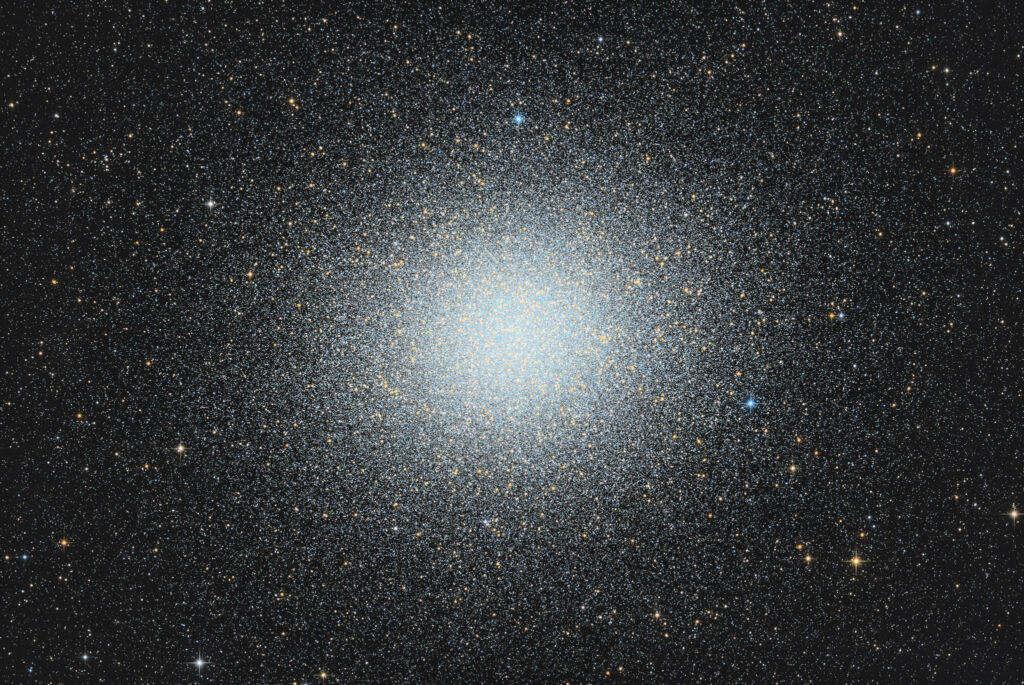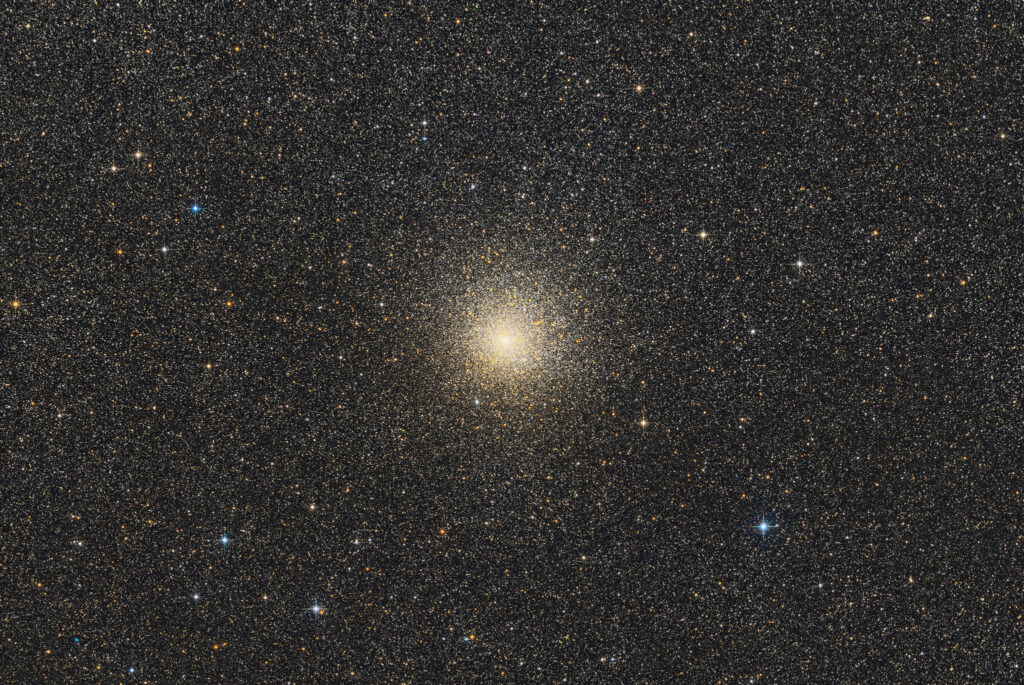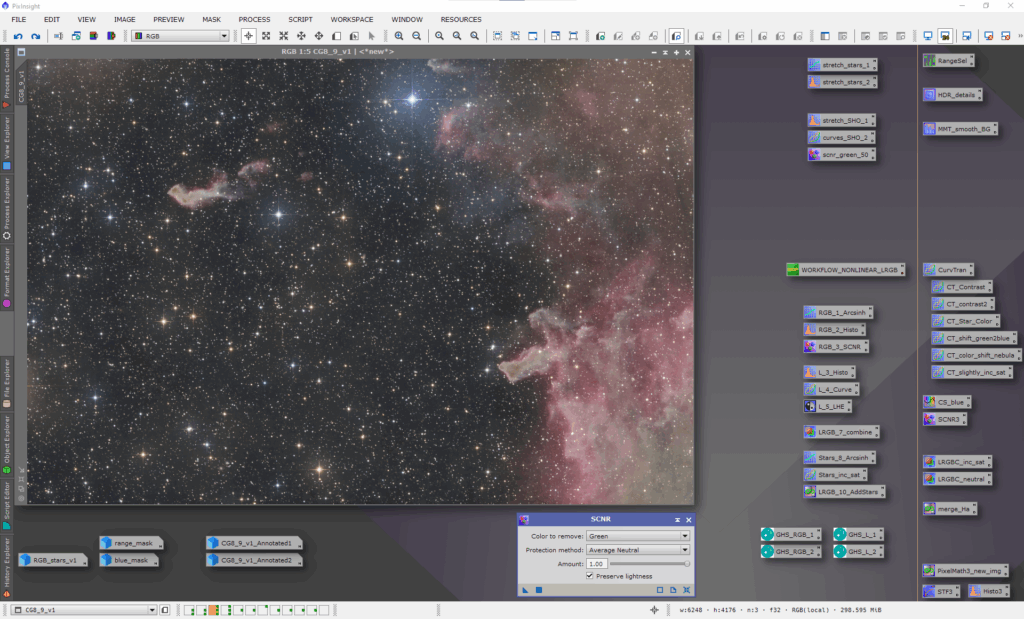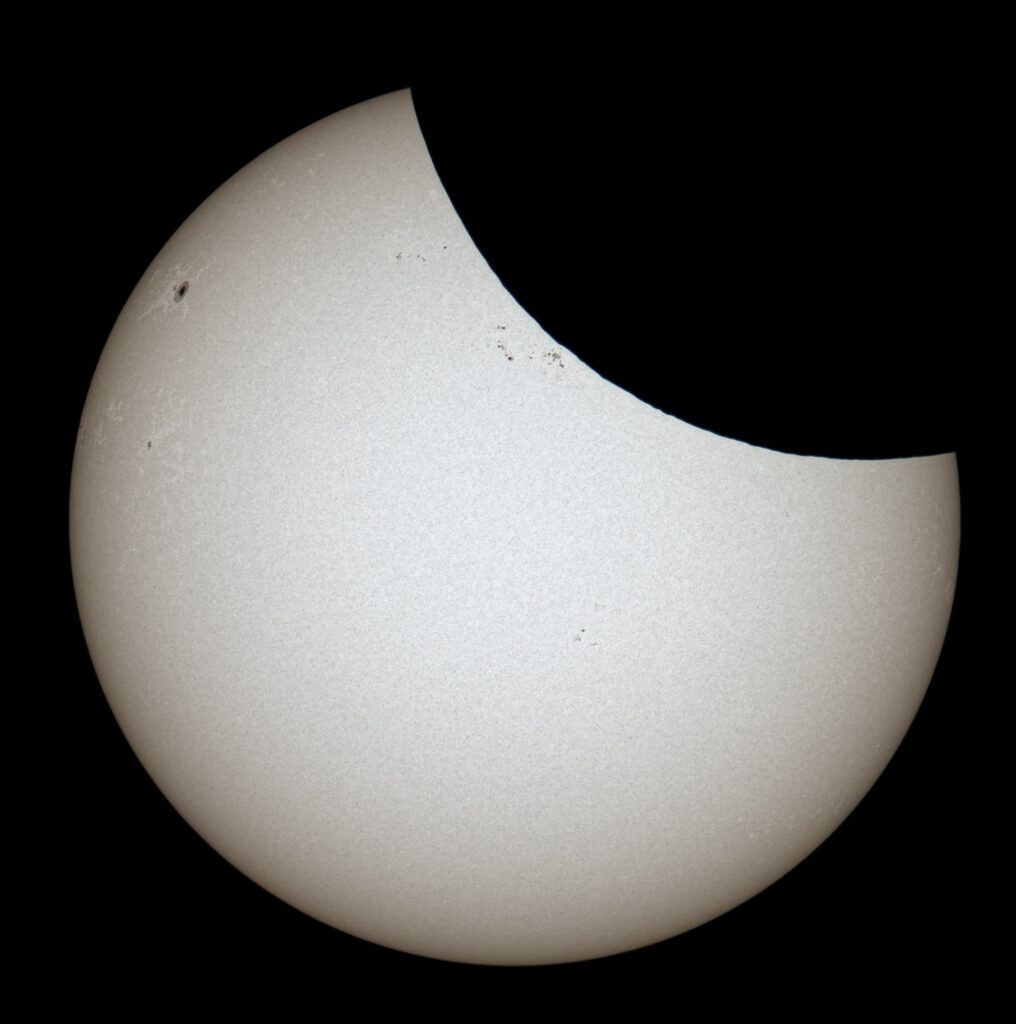
And one more. ;-) Of course, Omega Centauri aka NGC 5139 is a jewel in the southern sky and a go-to-target. So Omega Centauri’s photons were the “first light” for the ASI 2600 MC Duo on the AK3 astrograph, but I messed up focussing and had to redo it later.
All three globular clusters here in the blog were processed in PixInsight and Lightroom with the same color calibration and processing steps. Interestingly enough, their appearance varies quite a bit!
Also compare this with be previous image of Omega Centauri.
More details at Astrobin.
Continue reading







